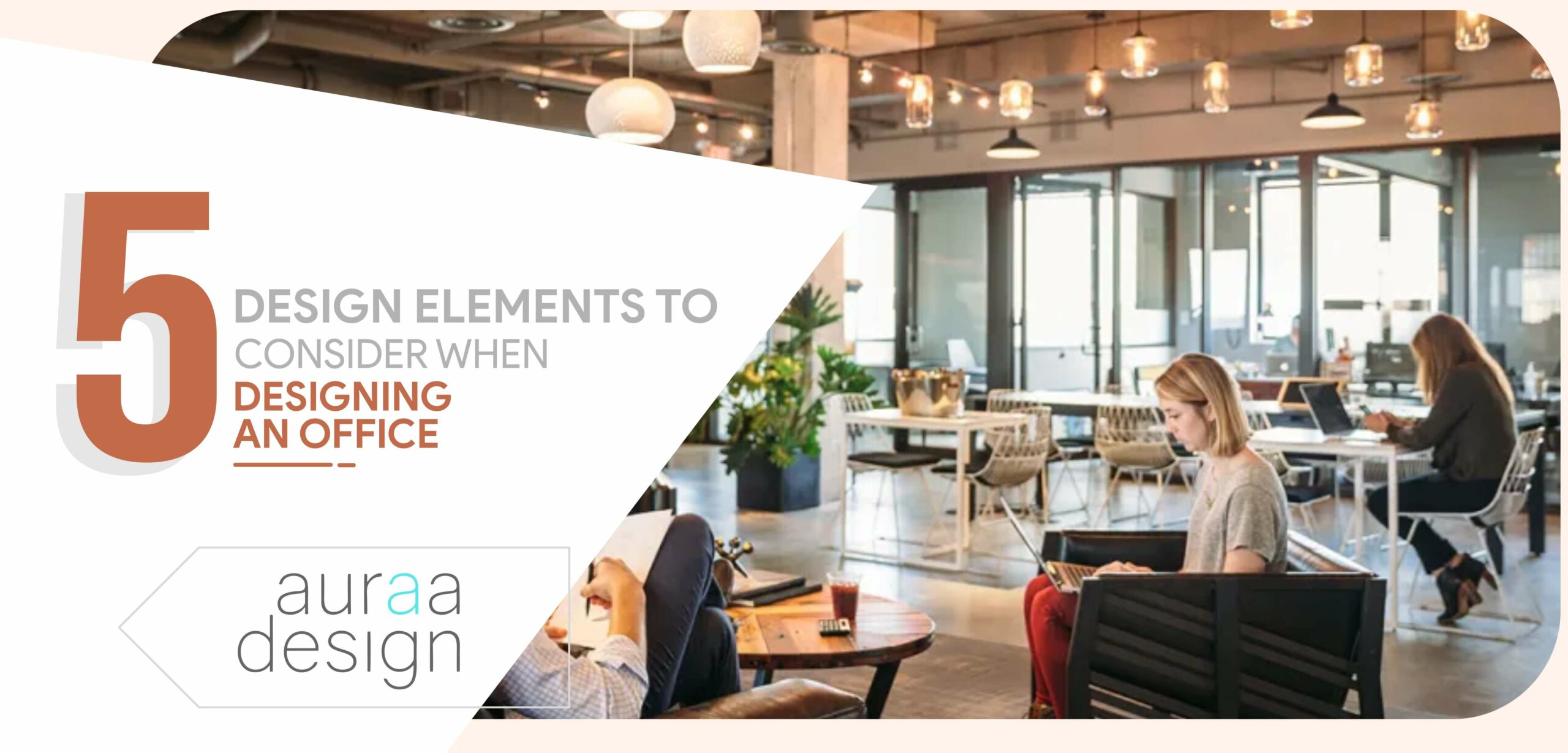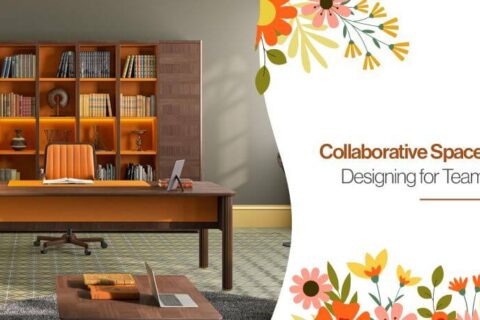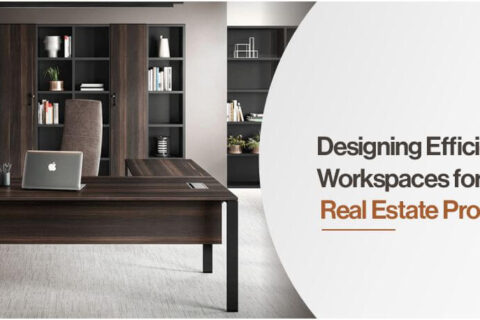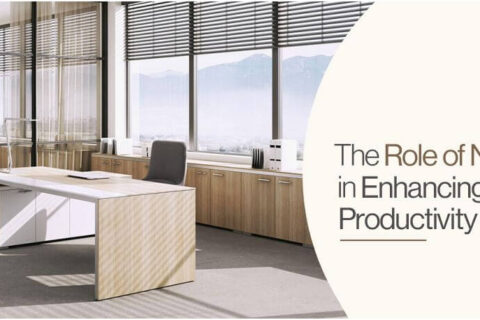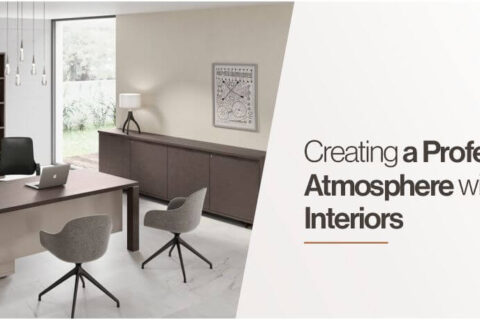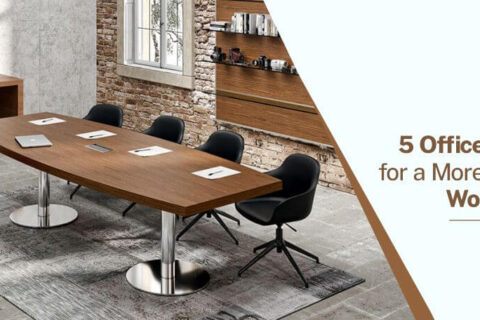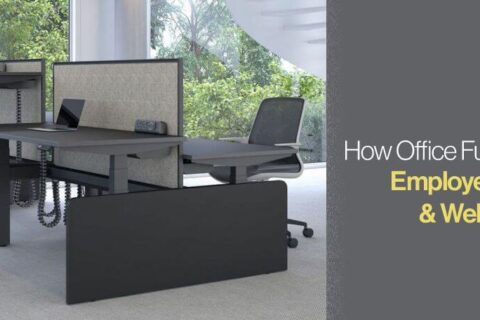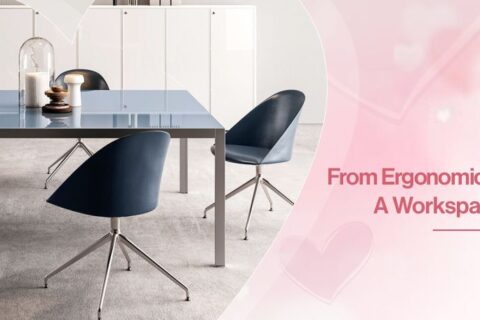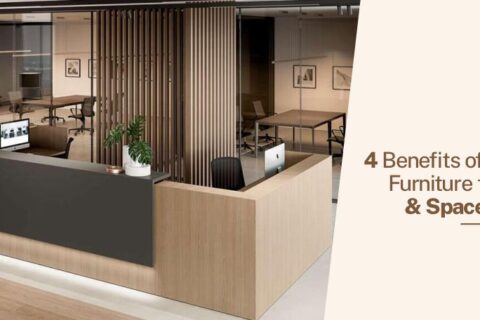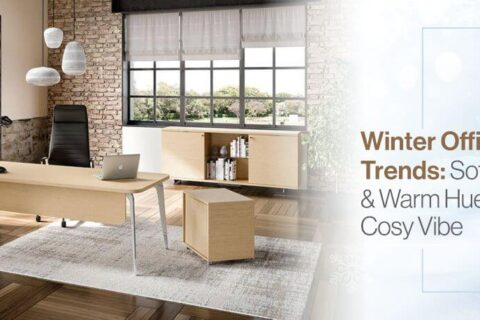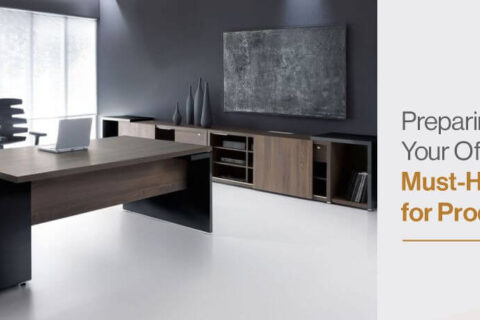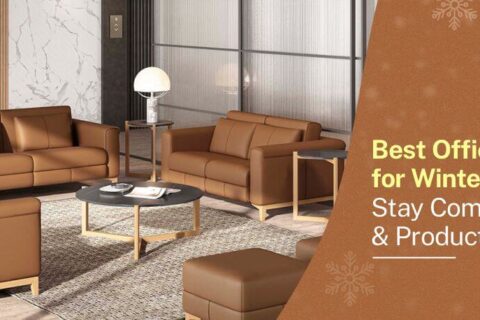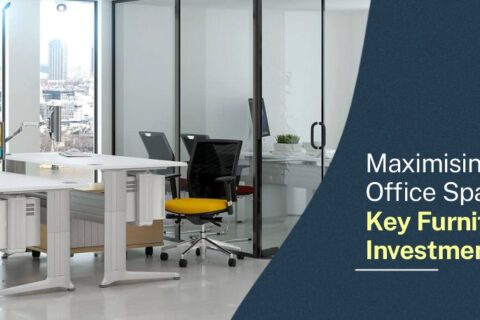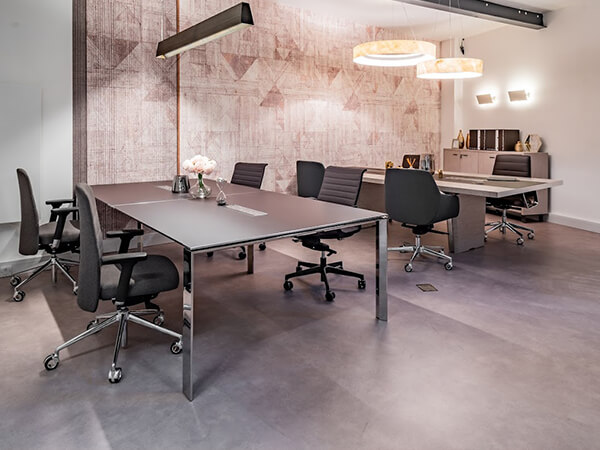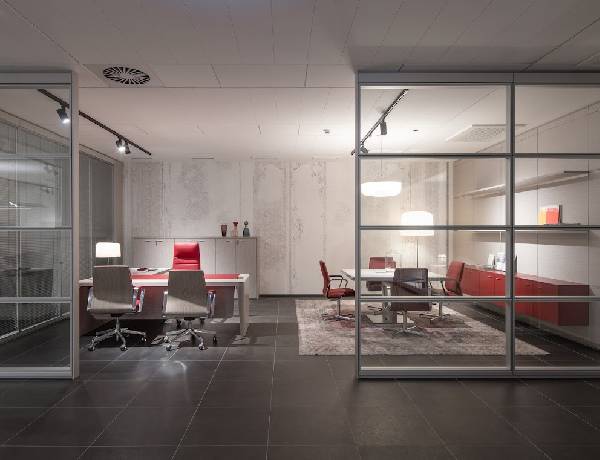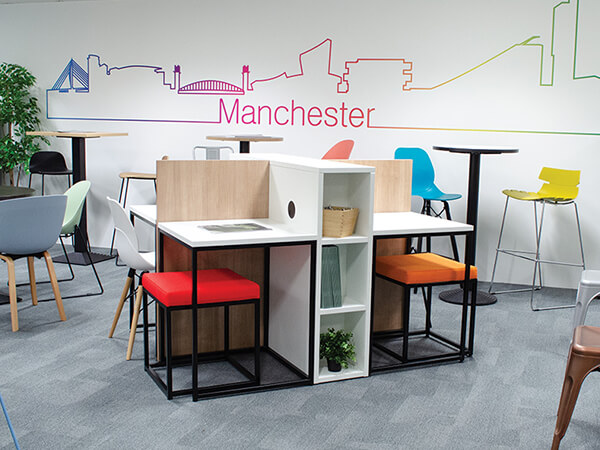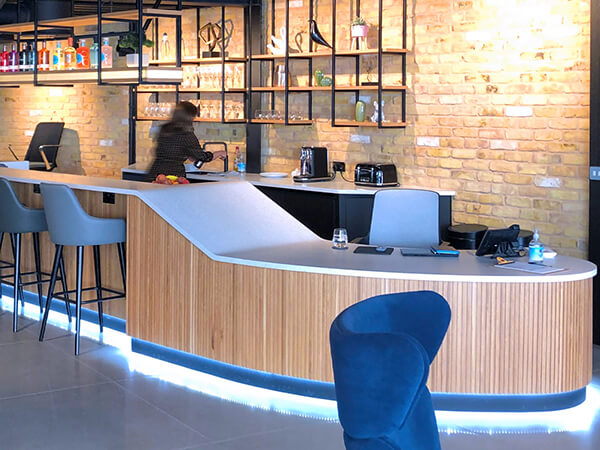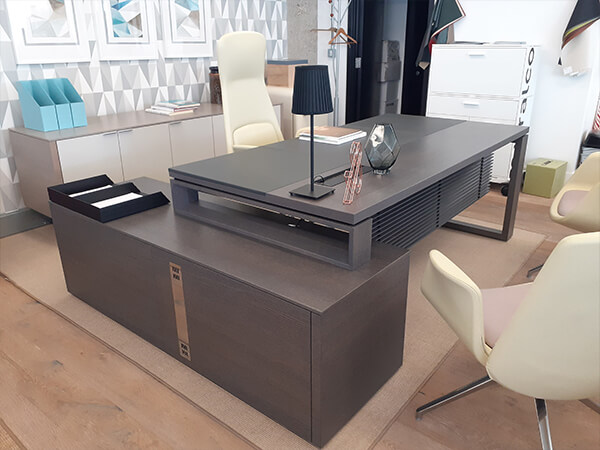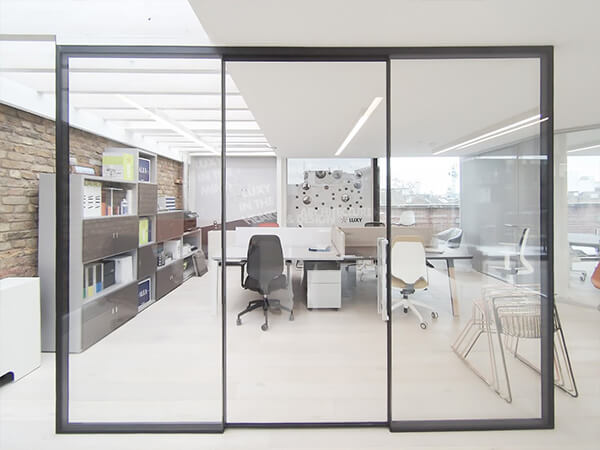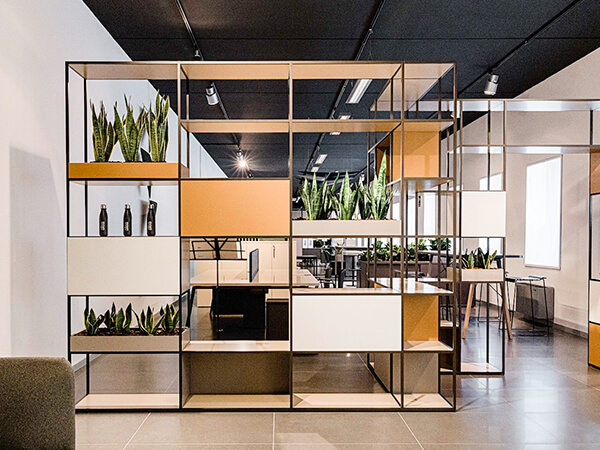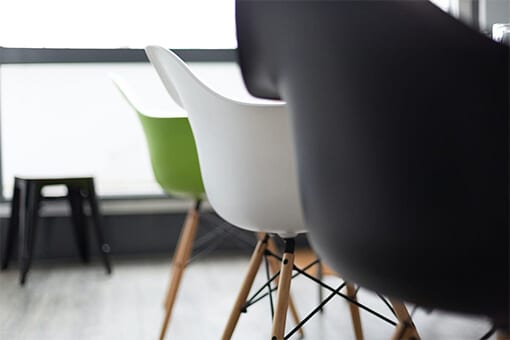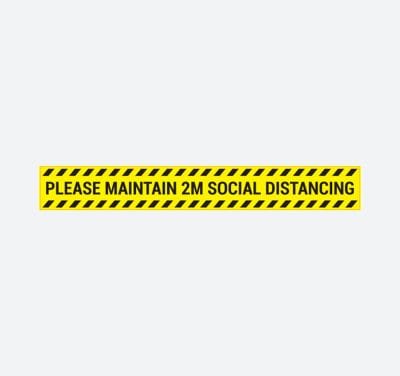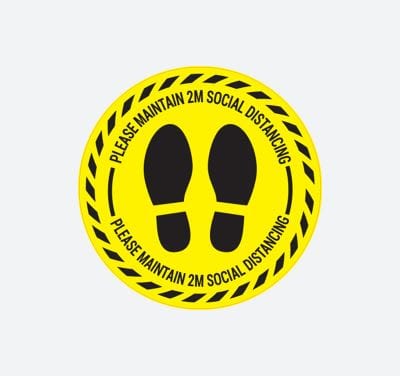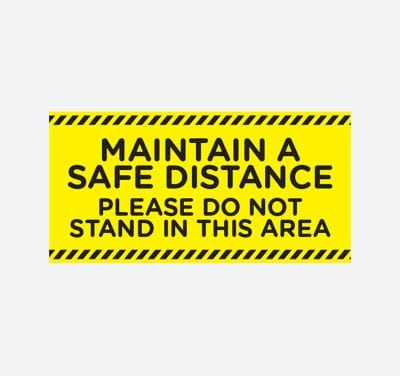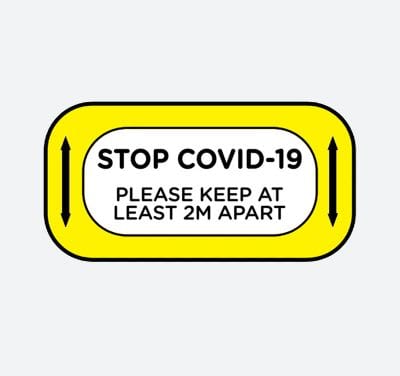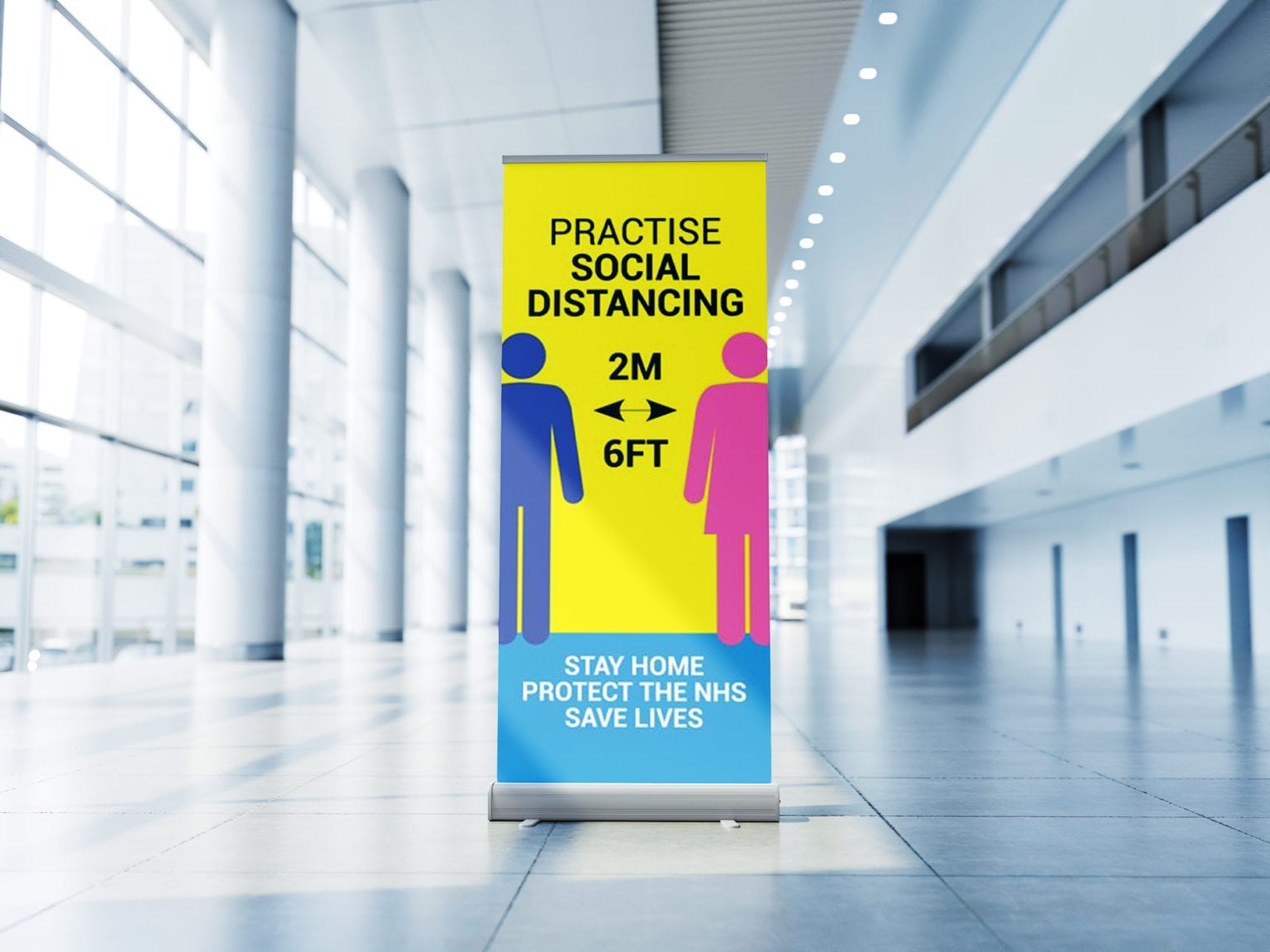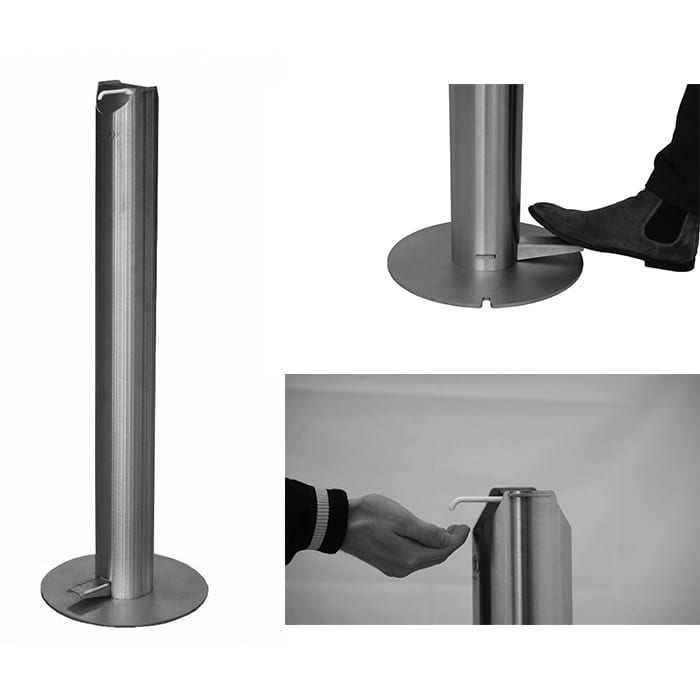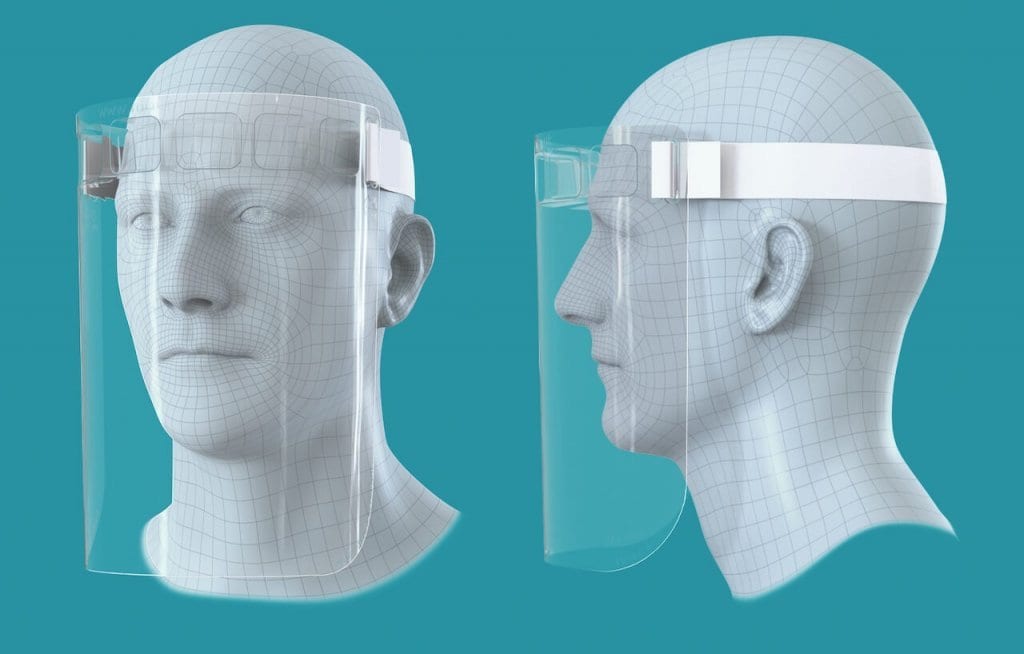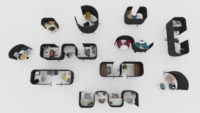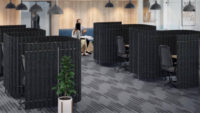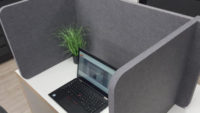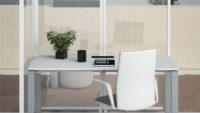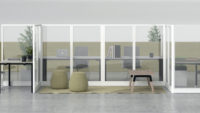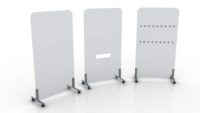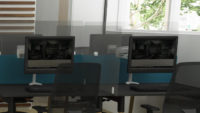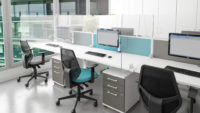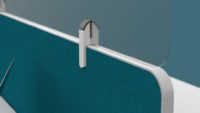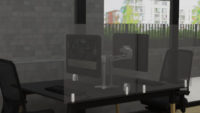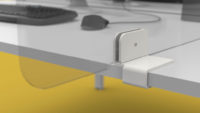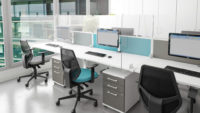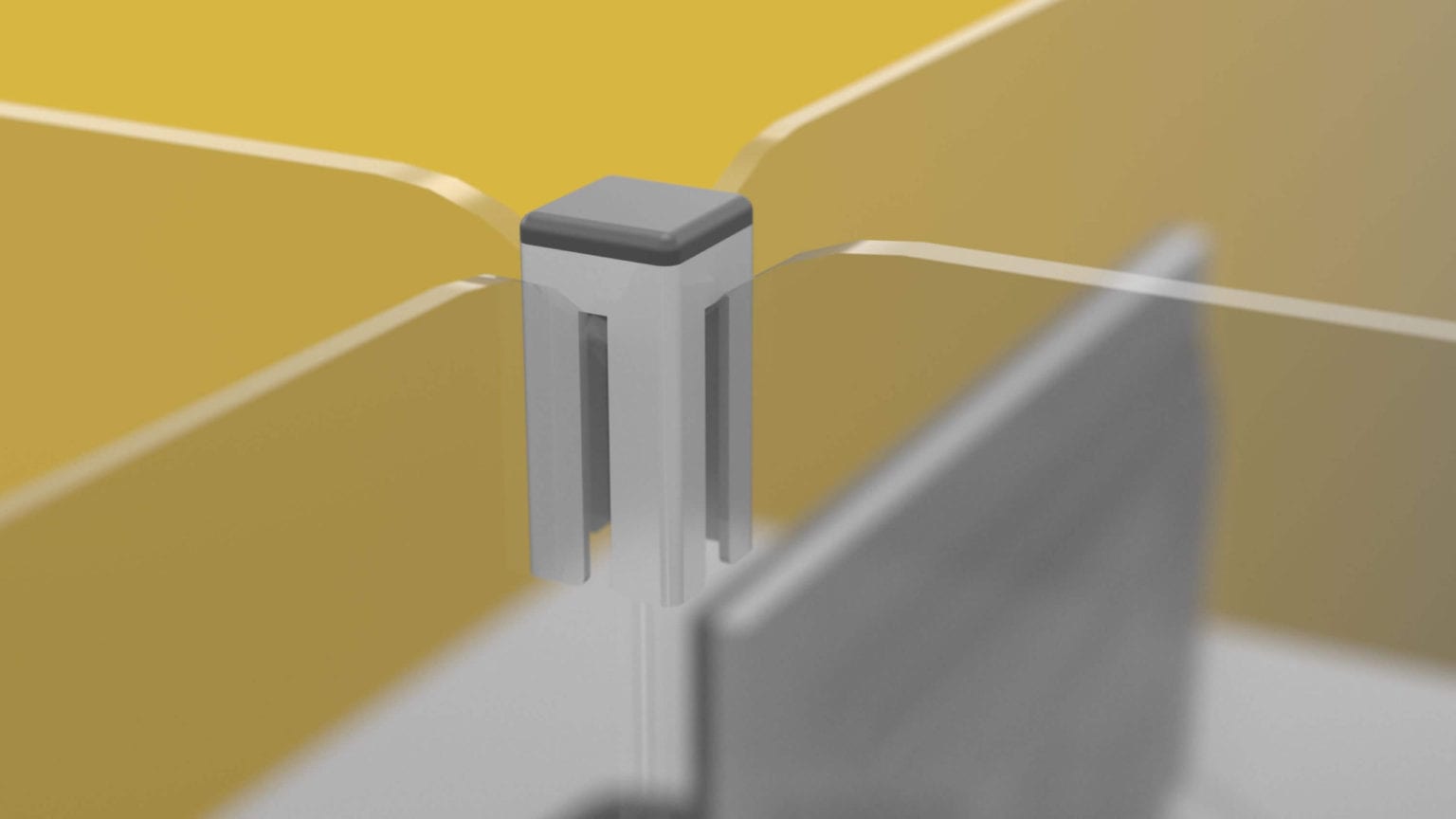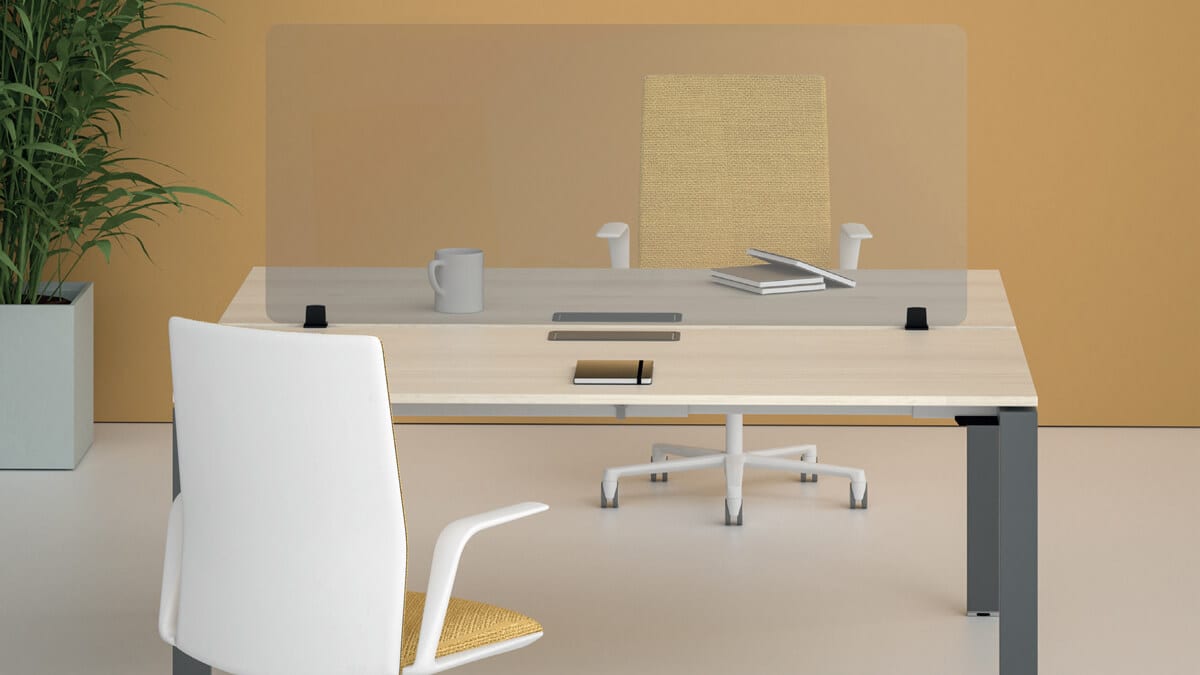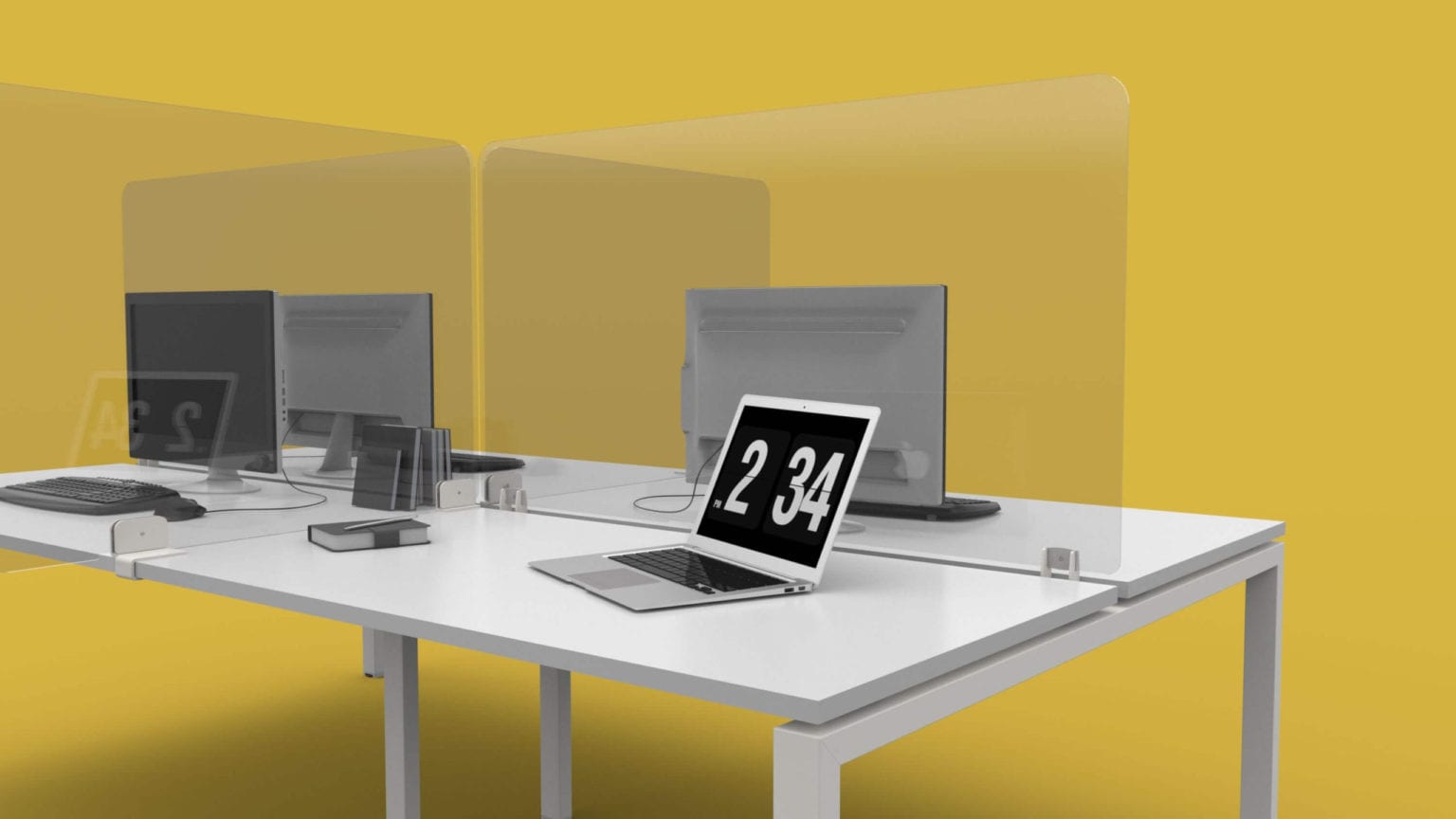Designing an office is difficult. Especially so if you’re doing it for the first time and without the help of an architect or an interior designer.
And even the times that you do end up liking the finished product once you’ve designed your office, you come to realise that a few key elements were not taken care of that will come back to bite you.
For example, have you made sure that your office boosts productivity? Aesthetics are one thing but what about comfort?
Designing an office is difficult. We get it. But it can be less so (and you’ll end up liking it more in the long run) if you consider these five key design elements.
1. Total space
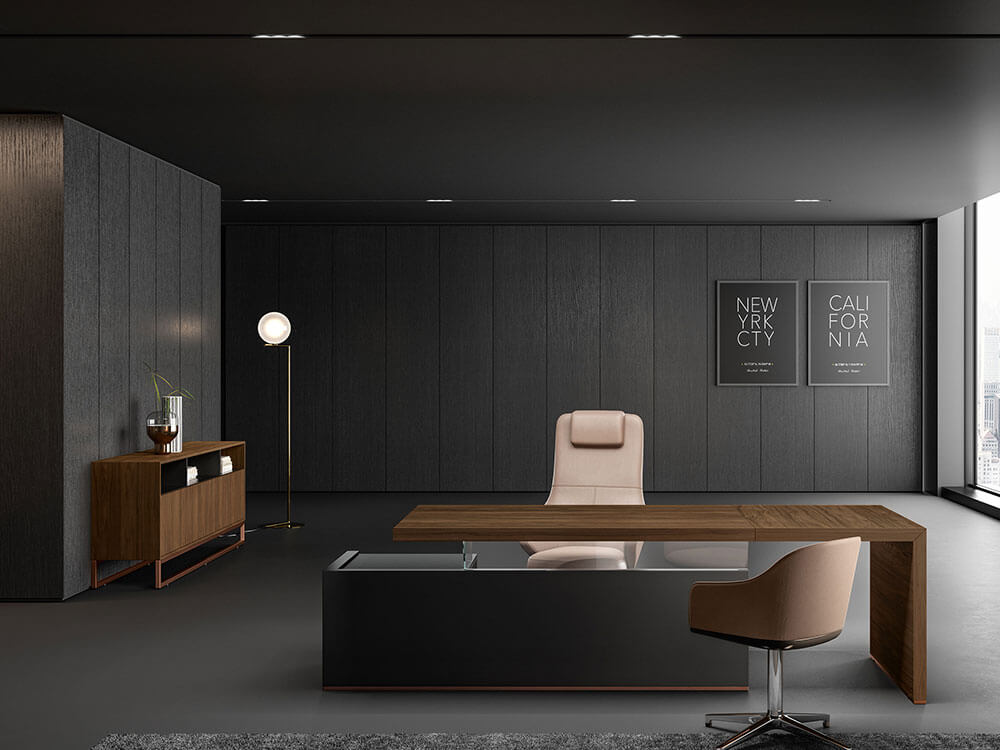
To begin with, you’ve got to know what you’re working with. It’s easy to become ambitious and want everything that you see in magazines, but ask yourself this: do I have the space for this? and would it contribute to anything by being there?
So, before you even begin designing an office (or even think of the layout for that matter), just take a good look at your office, and have measurements of every nook and cranny. The same trick works for home offices too — only invest in furniture that makes sense for the space you have. You don’t want to be stuck in a place that has no room for movement.
2. Alignment
Many people skip on this designing element but it’s important to know how you’d like your office structure to flow. For example, will it be an open layout or a closed one?
Creative teams today prefer open layouts but some studies show that such an atmosphere brings stress to the lives of employees. Also, do you have important departments sitting next to each other to avoid data silos? For example, marketing, advertising, and media planning are the departments that need to be in perfect synchrony but how will you achieve that if they’re sitting several meters apart or on a different floor all together?
3. Lighting
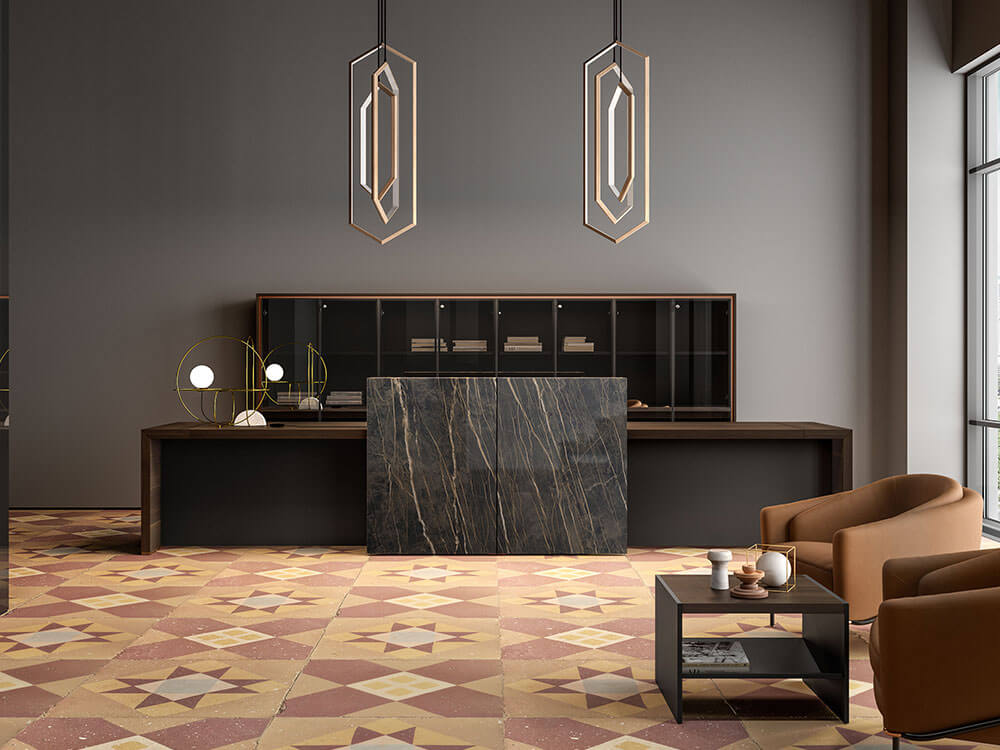
There’s a lot that can change with lighting. Here are a few things that have a direct impact with the lighting in your office:
1. Mood: Human brains are wired to respond to lights. However, the kind of light you have makes much of a bigger impact. Is it natural or artificial? What is the kind of mood that you want to set? Take a shopping mall, for example, a Tom Ford store is quite differently lit when compared to an H&M store — and both have their own perks keeping the target demographic in mind.
2. Productivity: Productivity has a lot to do with the kind of lighting you have in your office. For example, a dull-lit atmosphere can cause eye strain, give headaches, create a negative atmosphere, etc. All of this has an effect on employee productivity. However, dull lit could work in an office canteen to create mood lighting.
3. Wellness: How can light affect employee wellness, you ask? Well, it’s quite simple actually: bad lighting doesn’t only have an effect on physical health but it also has a strong effect on mental health. So, to promote wellness in your office, you should look at lighting that can create a better atmosphere for your employees.
4. Difference in Costs: Natural light beats artificial light any given day and if you have a space that accommodates plenty of natural light, well then you’ve found yourself an electricity-bill-saver in the long run.
4. Storage
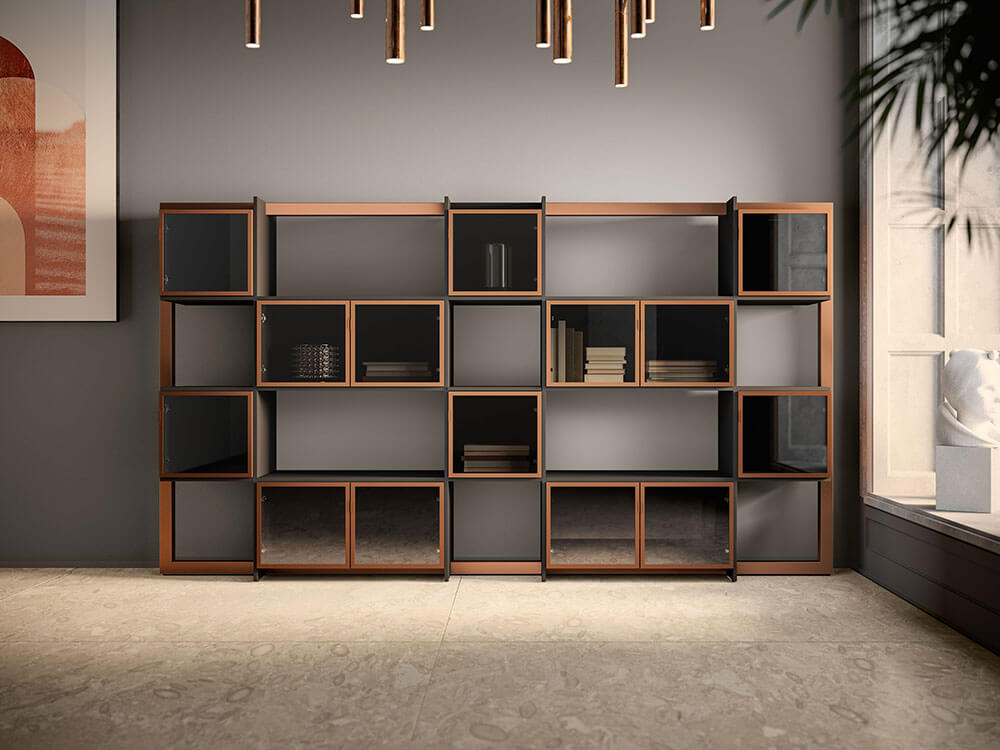
Any office, at any given moment, is filled with a plethora of files, printouts, documents, and other necessities. Some organisations may have employed the help of cloud-based software to keep up with the demand, but certain professions still require storage space (in-office) to be present at all time — for example, accountants, architects, record companies, etc. need physical copies of documents.
The truth that remains is: owing to the amount of business transactions that happen every day, most businesses need some sort of storage space to keep a record of data. However, that’s not the only use of a storage space—you also need it for employees to keep their personal belongings, to keep equipment and machinery, to keep product samples, etc. So, storage is without a doubt, one of the most important elements you should consider when designing your office.
5. Atmosphere
Sure, in the introductory paragraph we spoke of how one should focus on comfort over aesthetics but that doesn’t necessarily mean those aesthetics aren’t important. In fact, they’re one of the most important elements one should consider (so important that it made it to our top-5 list). No matter what kind of place you’re creating, these two design elements go hand in hand.
The thing is: when people walk into your office (be it any kind of stakeholder), the first thing they notice is how your office looks and what kind of vibe (or aura) it gives. Taking from our last example, Tom Ford and H&M don’t only have different lighting, but they also give off a different vibe — and the aura of their shops have been carefully structured keeping the target demographic in mind.
Wrapping Up now that you have a list of all the design factors to consider, you should be able to create a well-structured office too. We can help you achieve all the above design considerations. At Auraa Designs, we specialise in creating a layout that matches the office’s aura. We have a team of dedicated interior designers and space planners that will help you throughout your journey. That is to say, all of our furniture (and free 3-D layouts) will help you create an atmosphere that you want to achieve.


